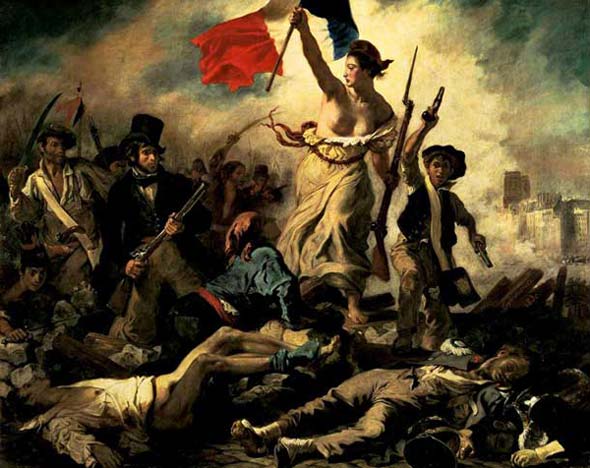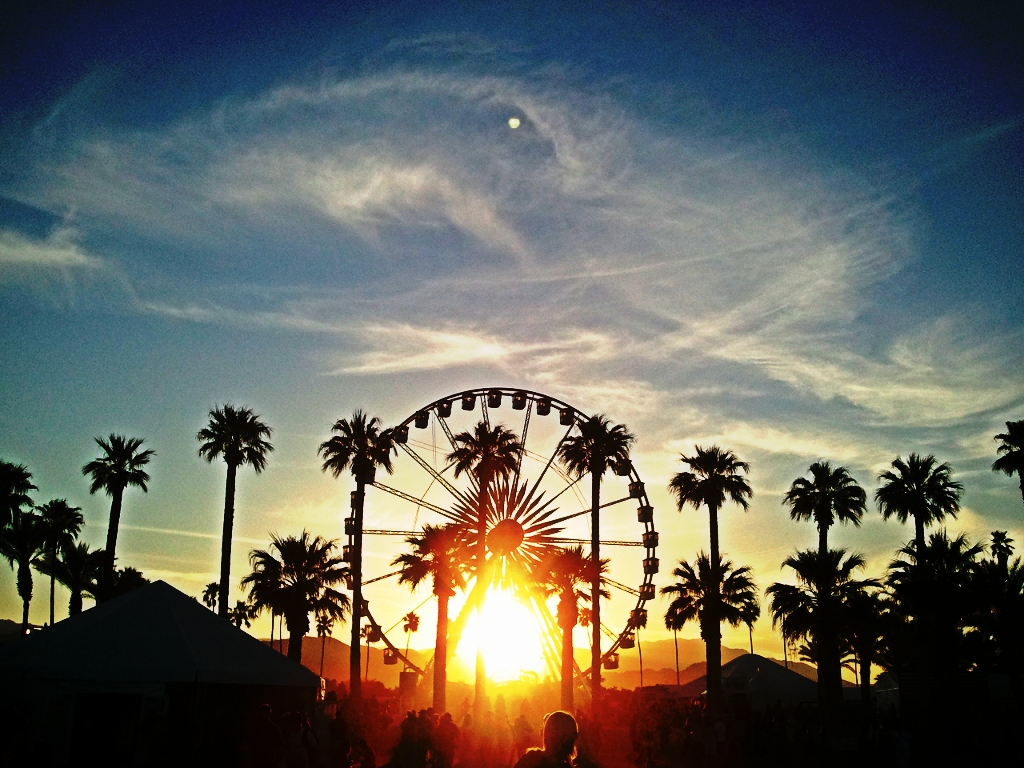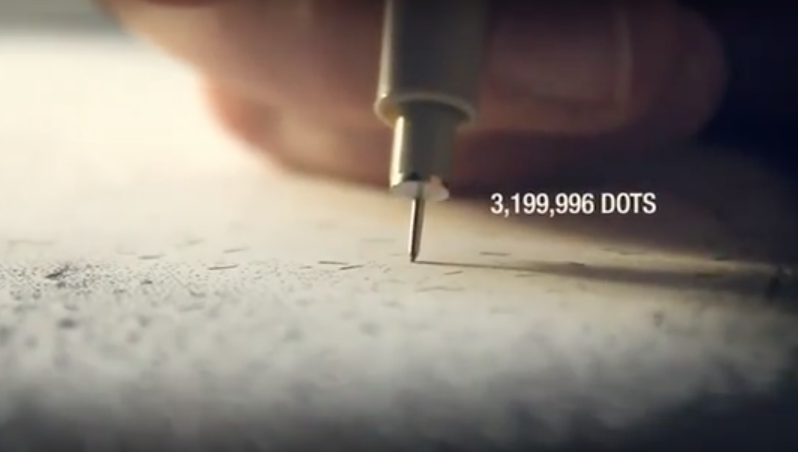I was online earlier this morning looking up some information on retro-futurism. Setting that fact aside, I found myself in Wikipedia on the modernism page (http://en.wikipedia.org/wiki/Modernism).
Modernism describes an array of cultural movements rooted in the changes in Western society in the late nineteenth and early twentieth century. The term covers a series of reforming movements in art, architecture, music, literature and the applied arts which emerged during this period. At its most basic level, Modernism could be described as the experimentation and fragmentation of the human experience, characterized by deviations from the norms of society.
Anyway, on that page – near the top – I found an image (and link) to a painting by Eugène Delacroix titled, Liberty Leading the People (AKA – a Liberté guidant le people). I quickly realized that this painting is also the cover art for Coldplay’s newest album – Viva la Vida (AKA – Death and All His Friends). The title of the painting and the title of the album don’t share much in common – it’s fairly ironic actually.
Liberté guidant le people by Eugène Delacroix
Here’s a little info about the painting via Wikipedia.org (http://en.wikipedia.org/wiki/Liberty_Leading_the_People)
Delacroix painted his work in the autumn of 1830. In a letter to his brother dated 12 October, he wrote: “My bad mood is vanishing thanks to hard work. I’ve embarked on a modern subject – a barricade. And if I haven’t fought for my country at least I’ll paint for her.” The painting was first exhibited at the official Salon of May 1831. Delacroix rejected the norms of Academicism in favor of Romanticism.
He depicted Liberty, personified by Marianne, symbol of the nation, as both an allegorical goddess-figure and a robust woman of the people, an approach that contemporary critics denounced as “ignoble”. The mound of corpses acts as a kind of pedestal from which Liberty strides, barefoot and bare-breasted, out of the canvas and into the space of the viewer. The Phrygian cap she wears had come to symbolise liberty during the French Revolution of 1789.
The fighters are from a mixture of social classes, ranging from the upper classes represented by the young man in a top hat, who is said to be Delacroix himself, to the revolutionary middle class or (bourgeoisie), as exemplified by the boy holding pistols (believed to be the inspiration for the character Gavroche in Victor Hugo’s Les Misérables). What they have in common is the fierceness and determination in their eyes. Aside from the flag held by Liberty, a second, minute tricolore can be discerned in the distance flying from the towers of Notre Dame.
The identity of the man in the top hat has been widely debated. The suggestion that it was a self-portrait by Delacroix has been discounted by modern art historians. In the late 19th century, it was suggested the model was the theatre director Etienne Arago, but there is no firm consensus on this point.





Leave A Comment